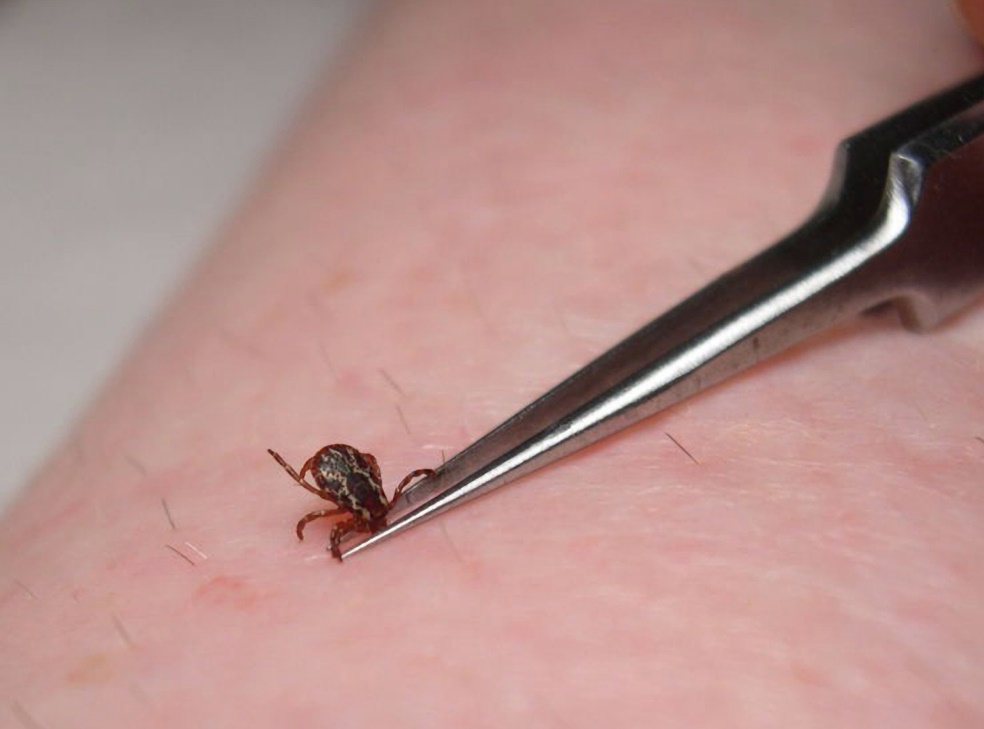It is important to take a picture of the attached tick, and if a rash develops. Place the live tick in a vial or jar with a piece of slightly moistened paper towel. Submit ticks to the local public health unit for identification. If the tick is a black-legged tick, it will be tested for B. burgdorferi, the bacteria that cause Lyme disease.

- Improper removal of ticks greatly increases the risk of getting tick-borne infections
- Do not burn or use any substance on a tick
- Do not grasp, squeeze or twist body of a tick
- Grasp the tick close to the skin with fine tipped tweezers
- Pull straight up and make sure to remove the mouth of the tick
- Use an antiseptic on the bite
